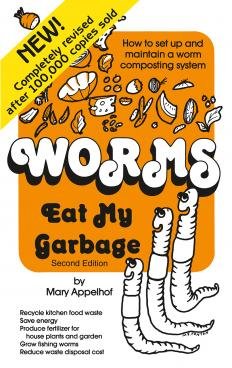

Reduction of pH levels tends to be a more expensive and complicated process than increasing them. There are, however a couple of "emergency measures" which are sometimes used to good effect. These are outlined later.
There are no specific chemicals which can safely be applied to the soil to make it more acid, so the acids must come from increased quantities of organic matter as they are decomposed by soil bacteria. The use of acid natured fertilizers will also help.
The speed at which organic matter breaks down is affected by soil type, temperature and bacterial content, so the amounts required can only be approximated.
To reduce the pH by approximately 1.0 unit, use:
One possible alternative if only a section of your garden is required for acid loving plants is to change the soil by building a raised acid border on top of the existing soil. Such borders are generally made of peat block retaining walls and filled with peaty, acid soil brought in from elsewhere. The beds should be at least 12 inches (300 mm) deep above the existing ground level and should not have the imported soil dug or mixed with the existing soil.
Although not always easily available, it is possible to lower soil pH with Flowers of Sulphur or Ground Rock Sulphur. American research led the way in this technology, although some British research has been undertaken. Suggested rates are: To reduce pH by 1.0 units (e.g. to go from 6.5 to 5.5), apply Sulphur at: 1.2 oz per square yard on sandy soils, or 3.6 oz per square yard on all other soils.
Ideally the sulphur should be thoroughly mixed into the soil before planting, but it can be used a s a top dressing hoed or forked into the soil around existing plants, in which case a booster dressing may be needed every few years. The greatest benefit comes when it is thoroughly mixed in amongst the soil particles. Clearly there is a trade off here with the risk of mechanical damage to the roots of existing plants.
It is advisable to check your pH at least once each year to see how you are gong on.
Plants which have been planted in a soil which is too alkaline for them can have their problems eased by an annual application of Sequestrine of Iron (available from a Garden Centers), although this is not a permanent solution.

 "Beautifully illustrated and practical Are you ready to take your garden from good to great?
Learn how to build your soil...and more!
"Beautifully illustrated and practical Are you ready to take your garden from good to great?
Learn how to build your soil...and more!

The book that started a backyard worm revolution! With more than 150,000 copies sold, this is the bestselling and remains the definitive guide to vermicomposting--a process using red worms to recycle human food waste into nutrient-rich fertilizer for plants. Author Mary Appelhof provides complete illustrated instructions on setting up and maintaining small-scale worm composting systems. Read More...